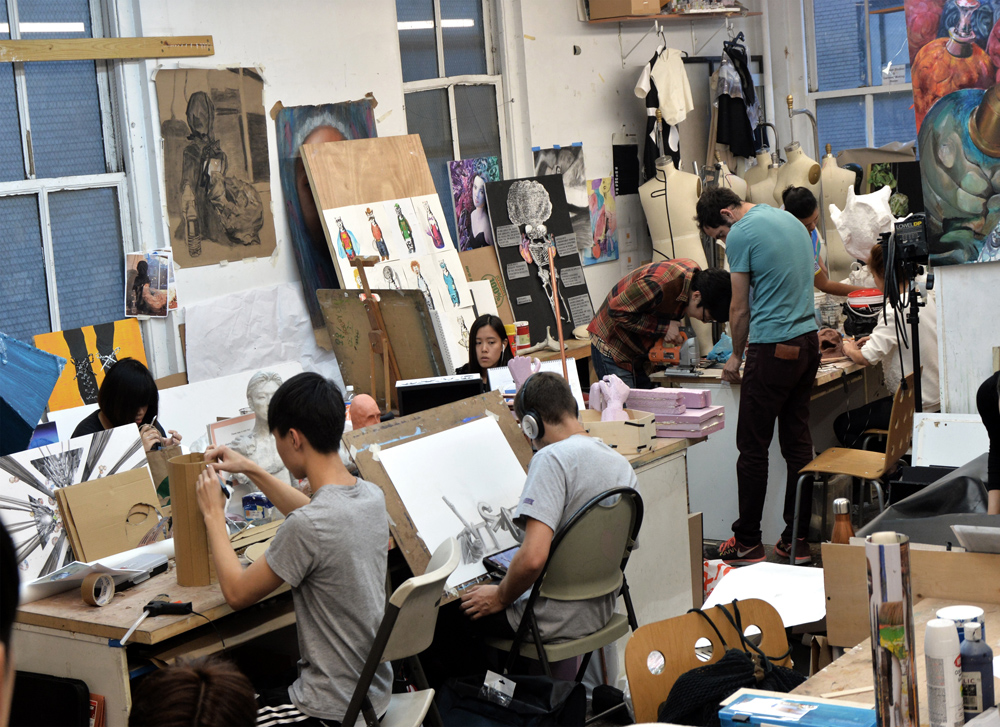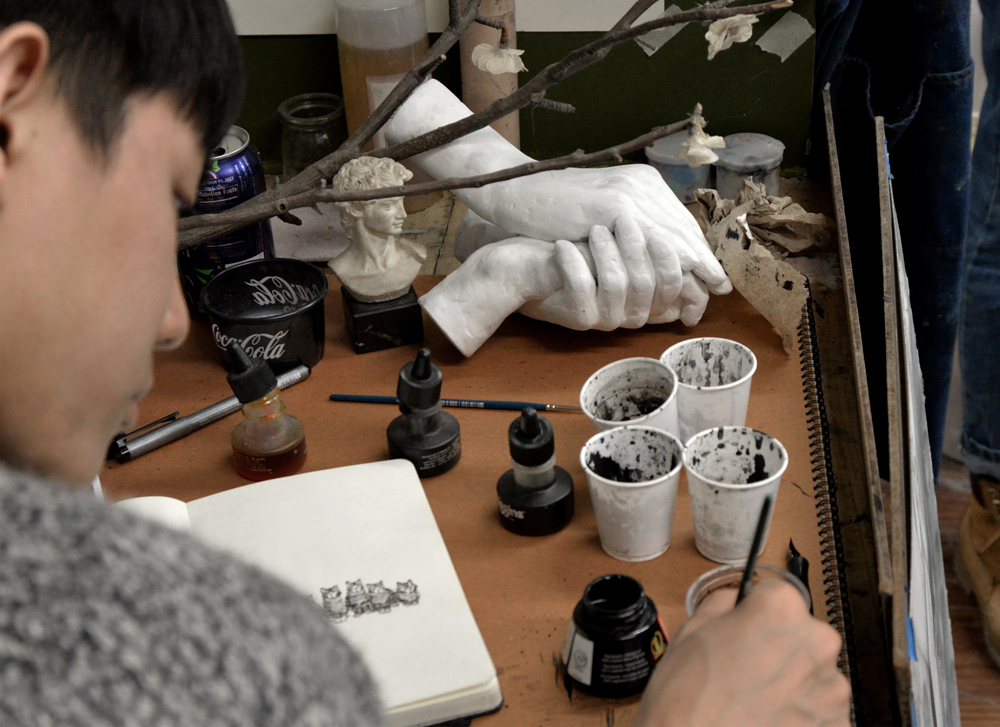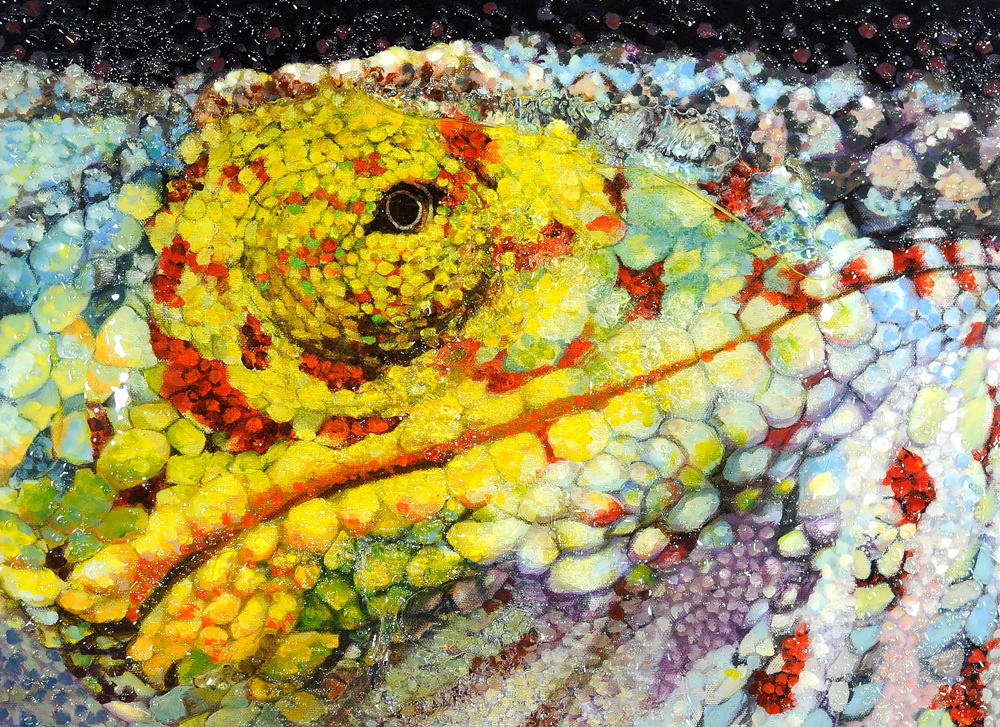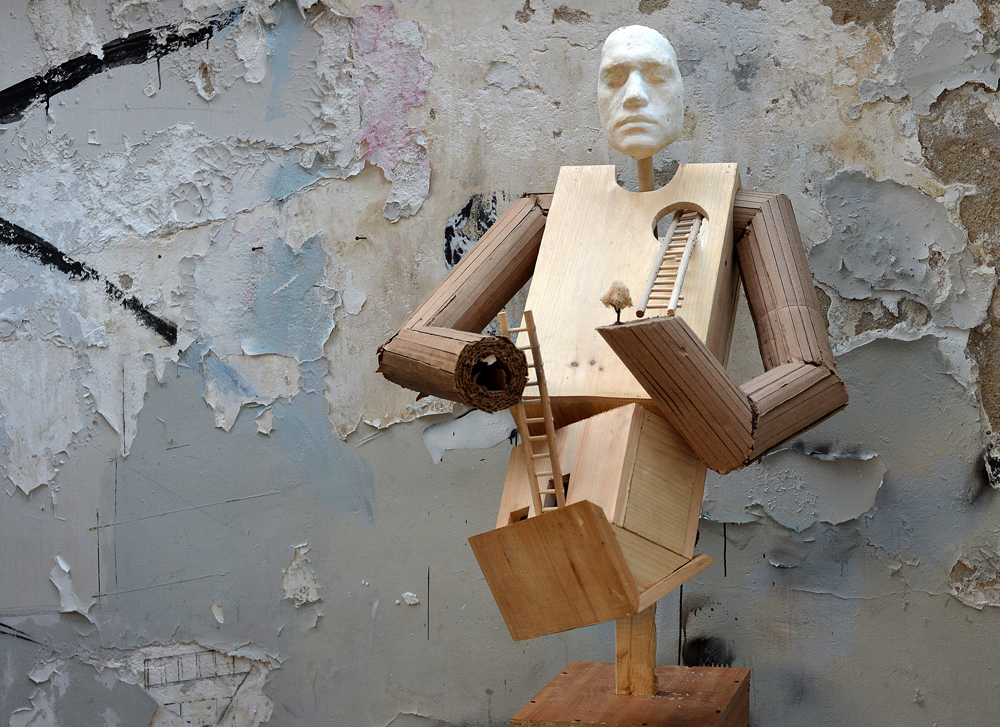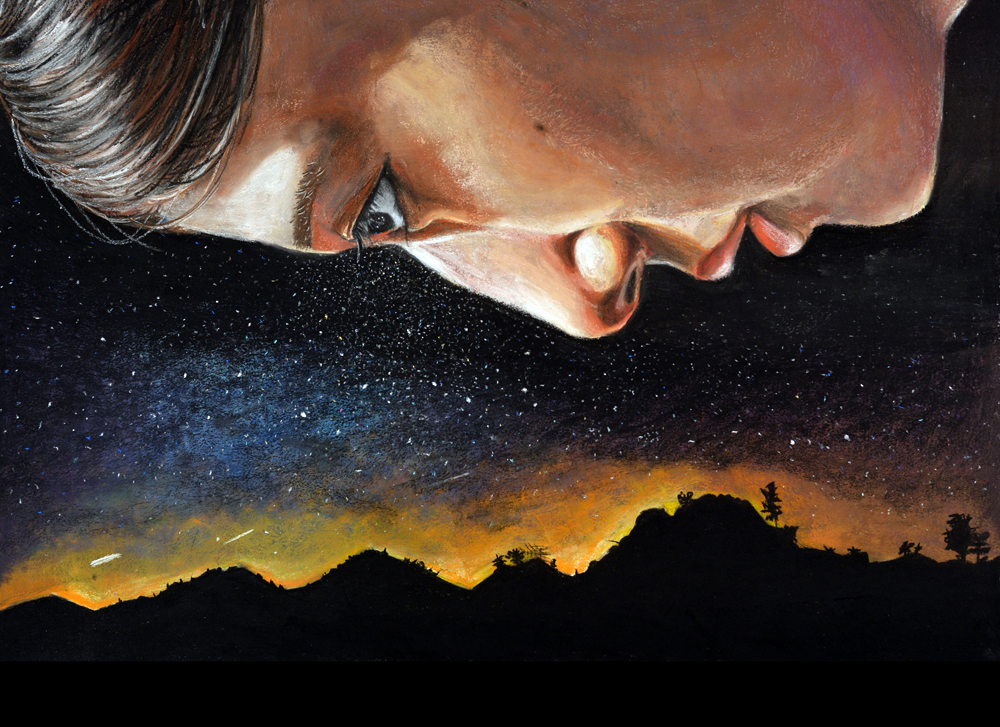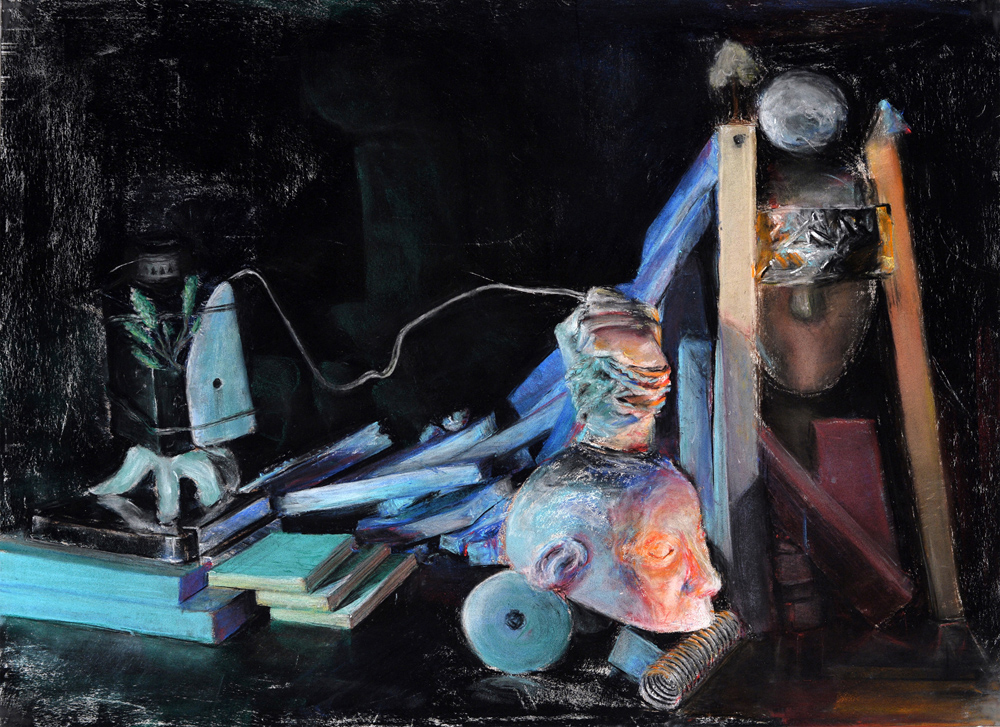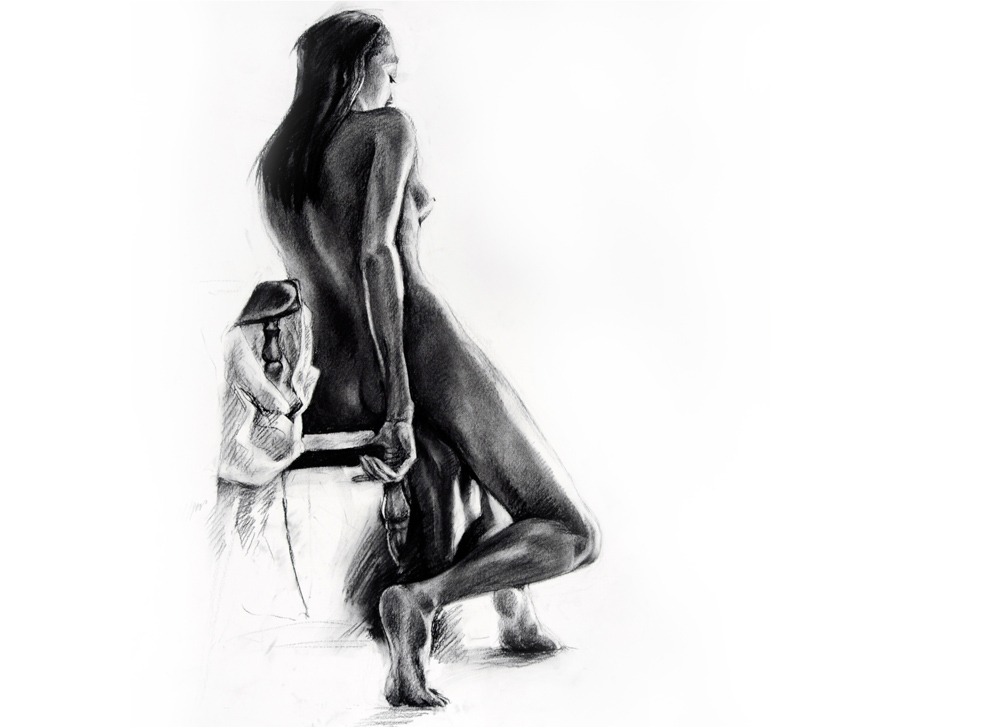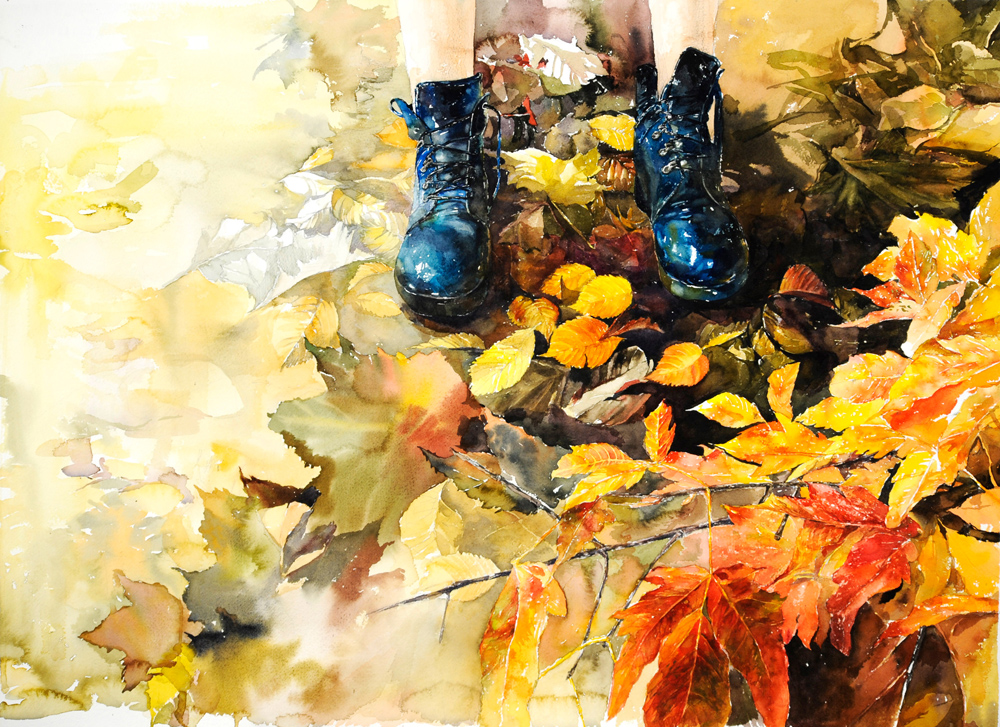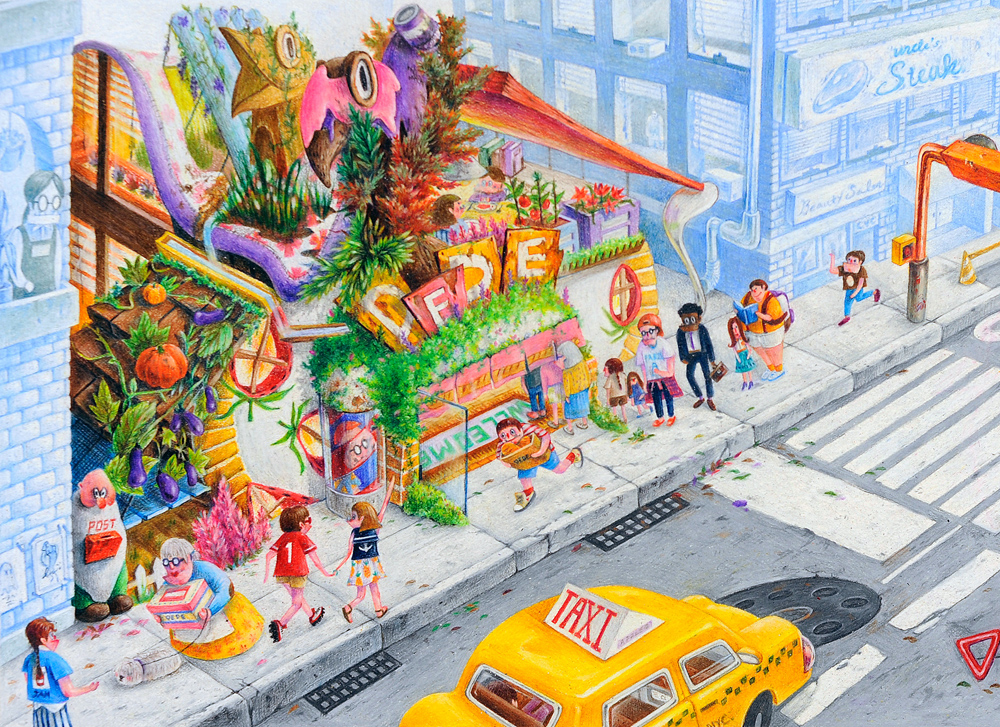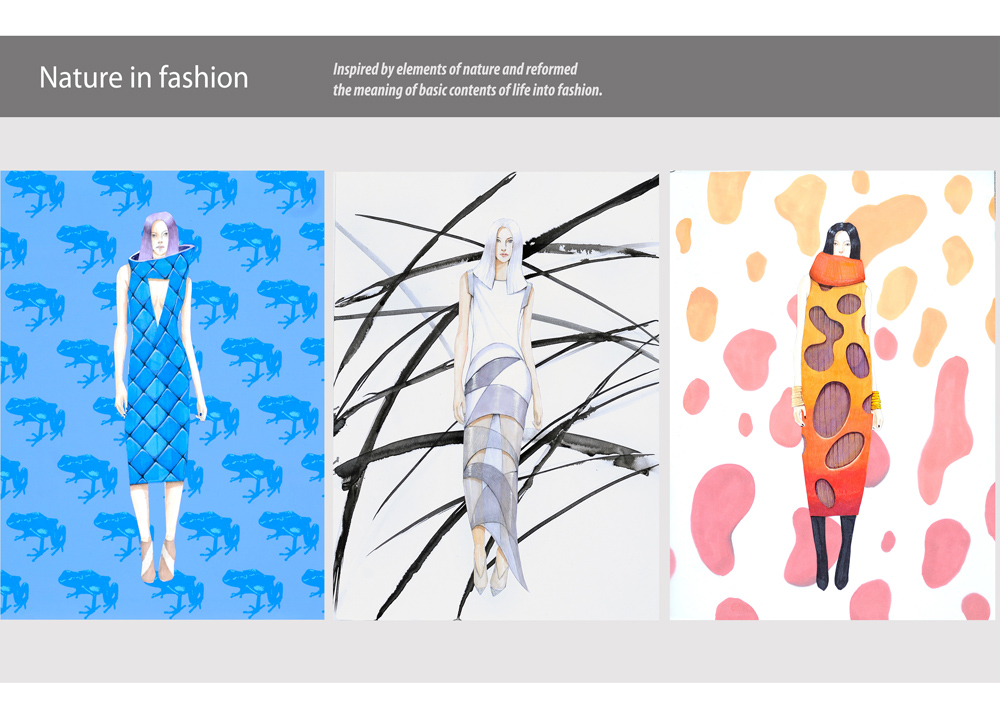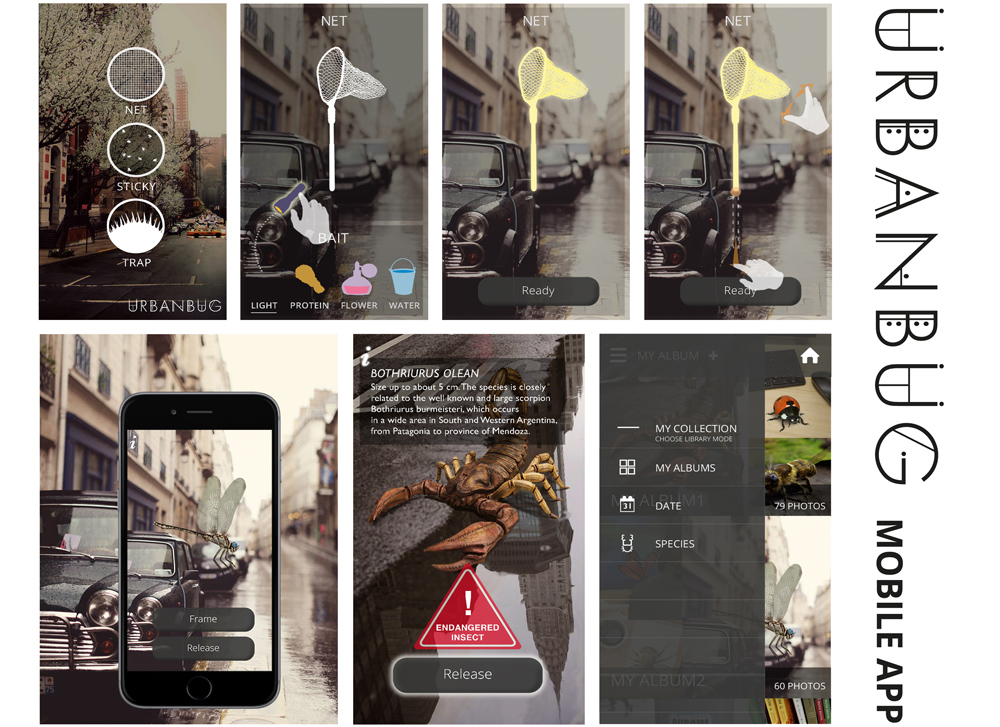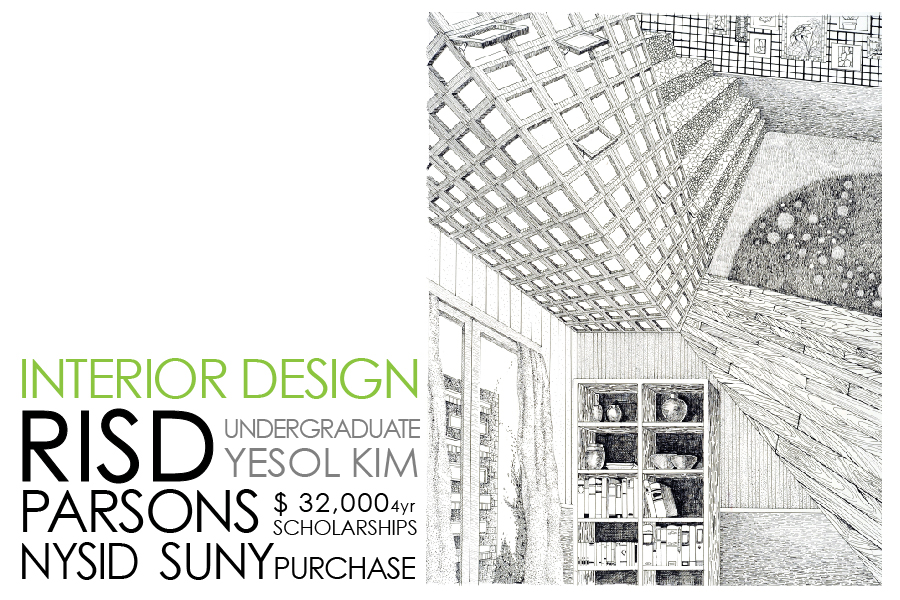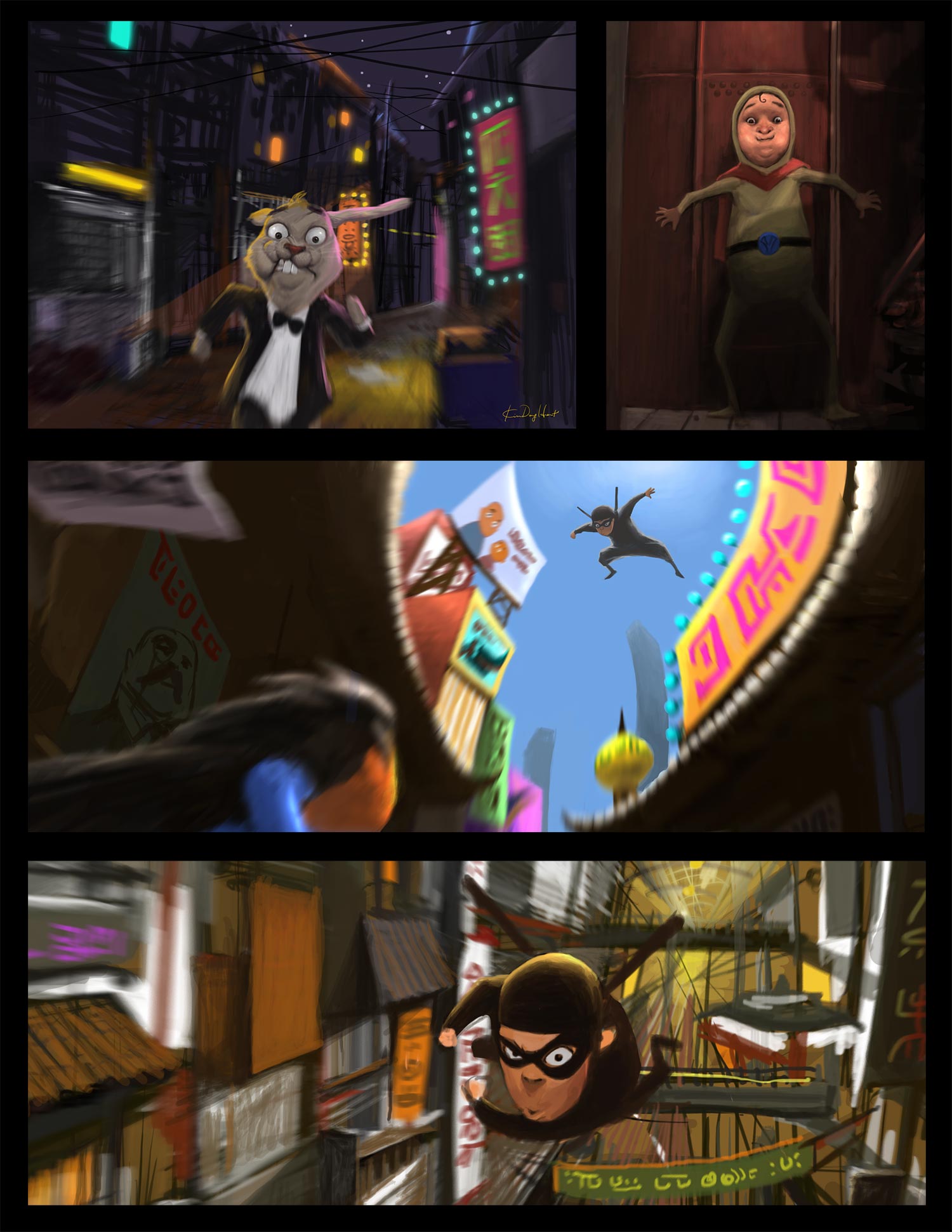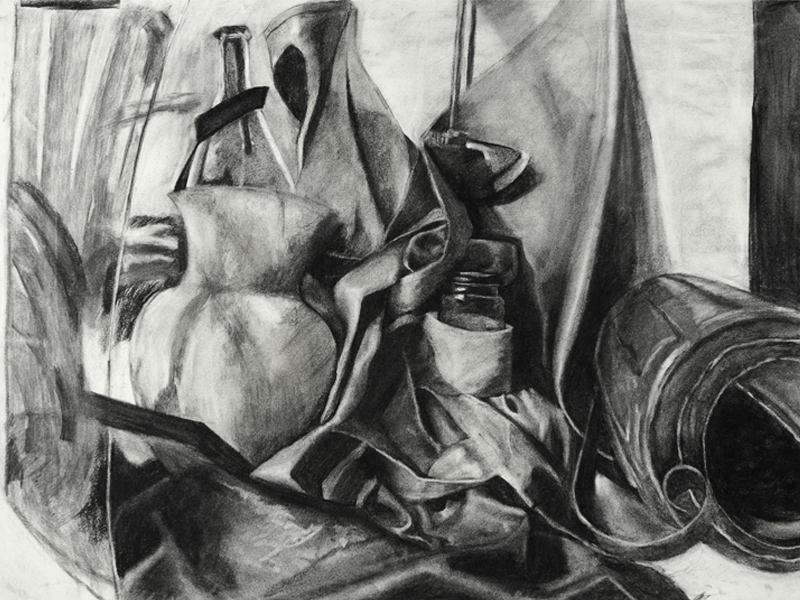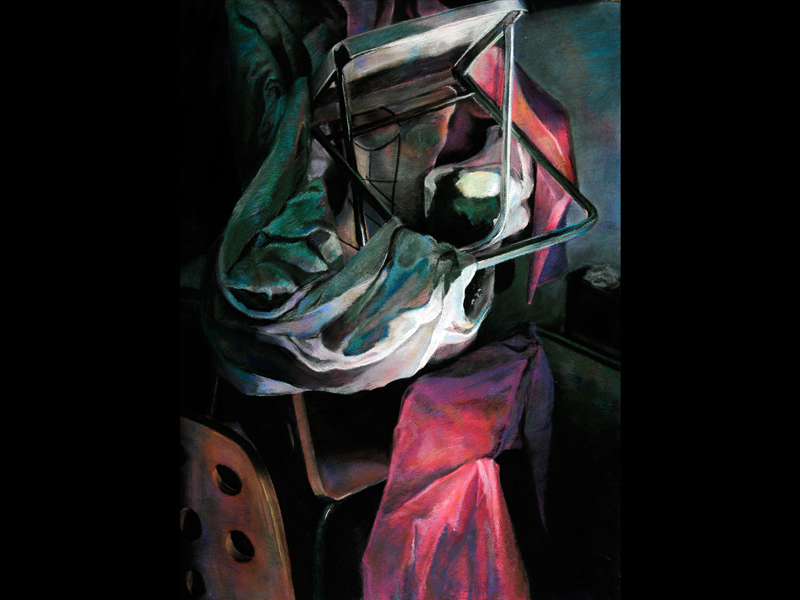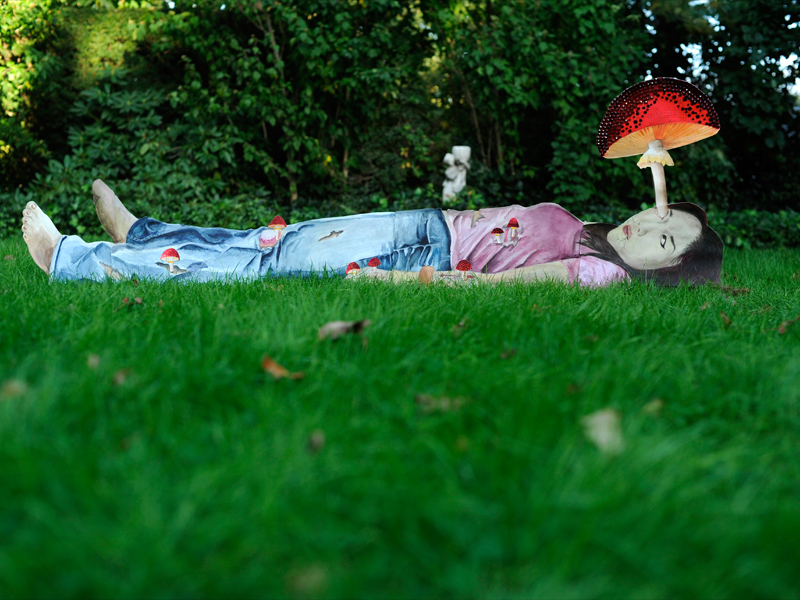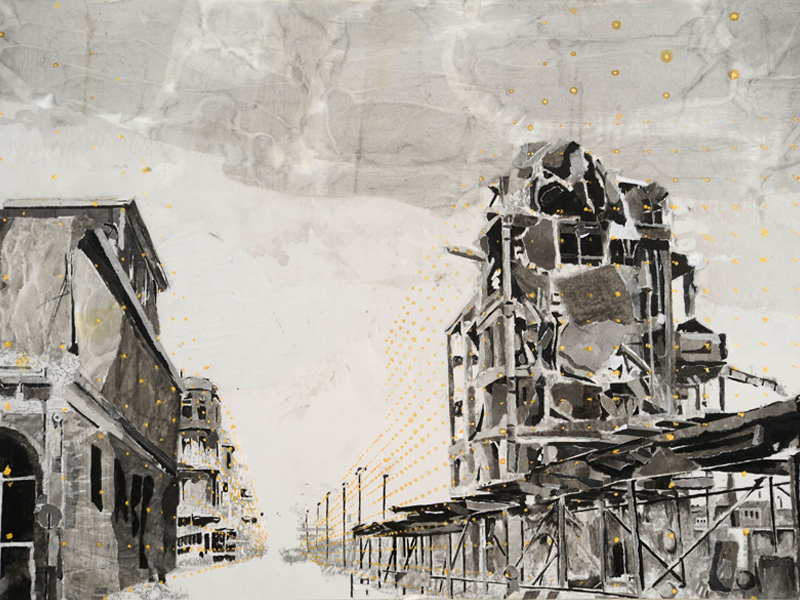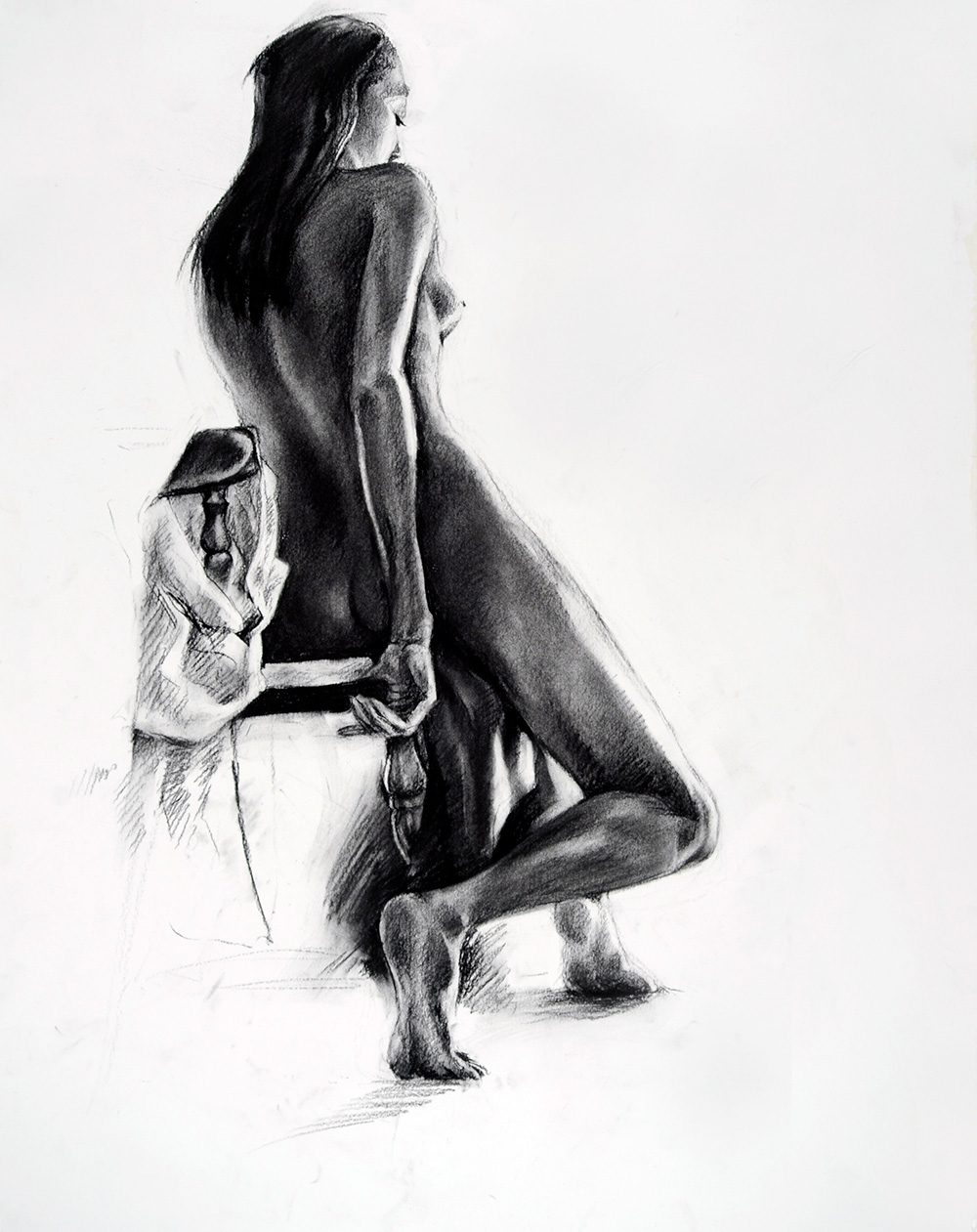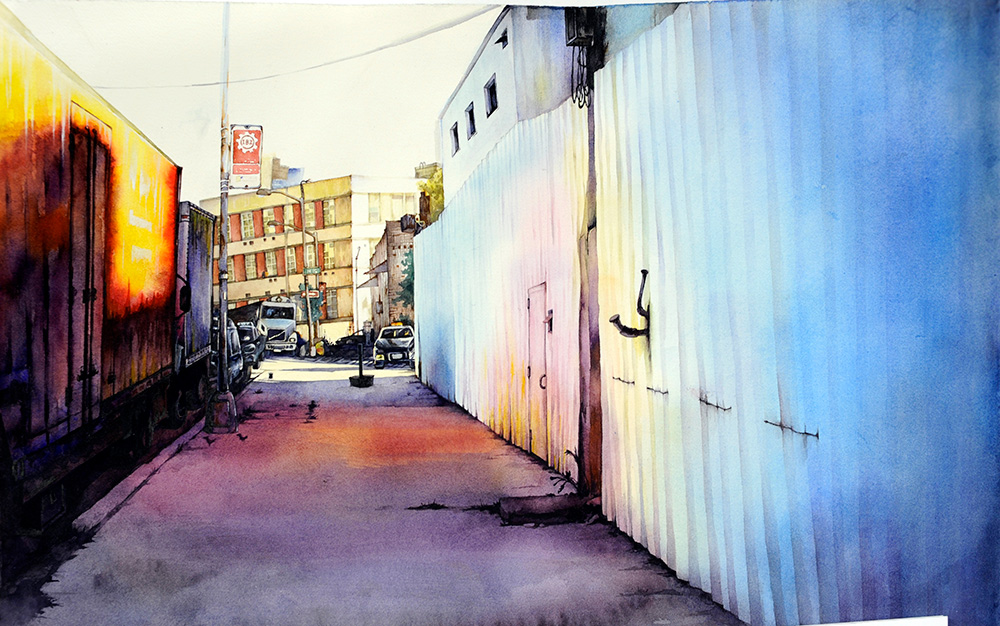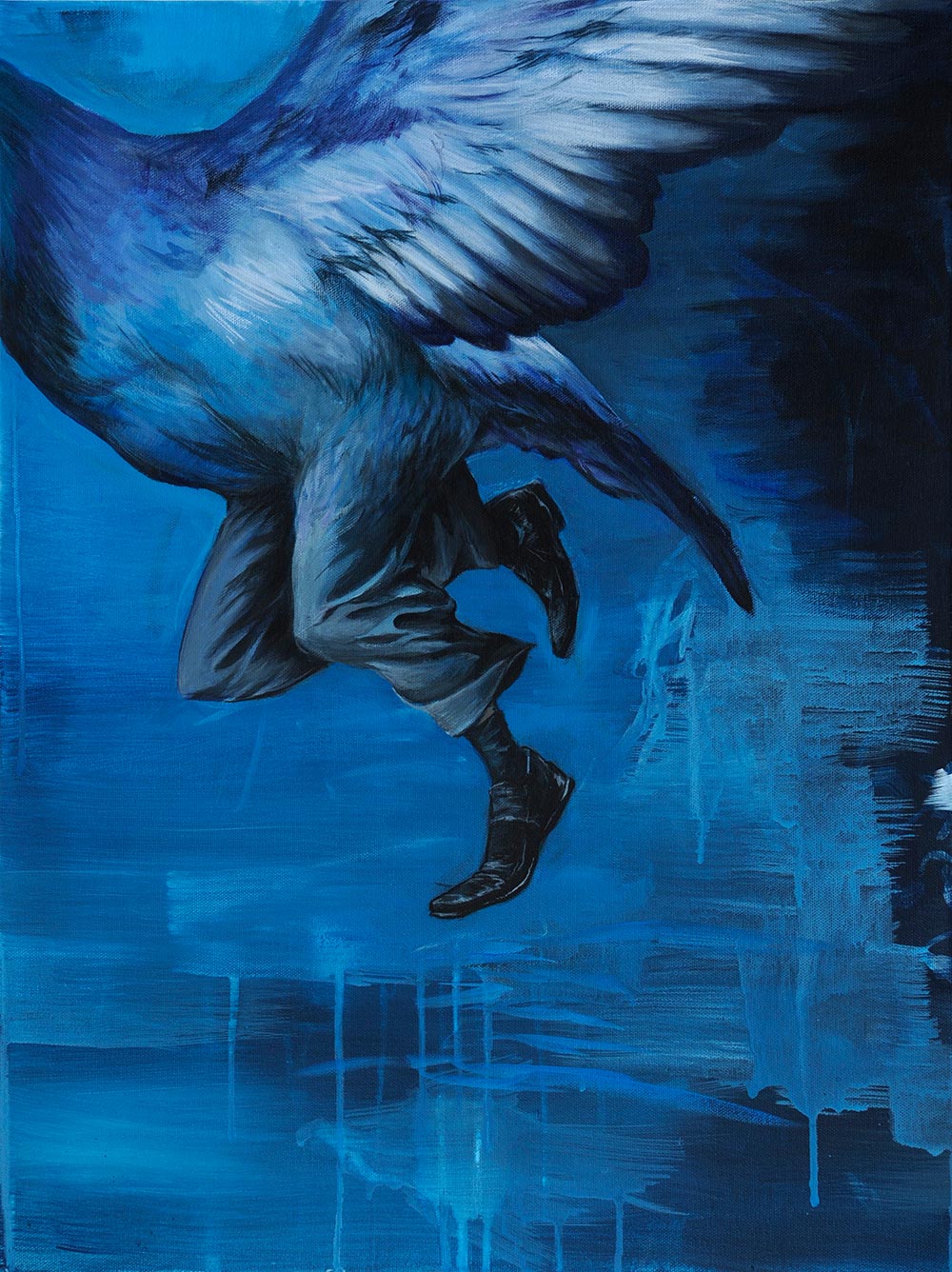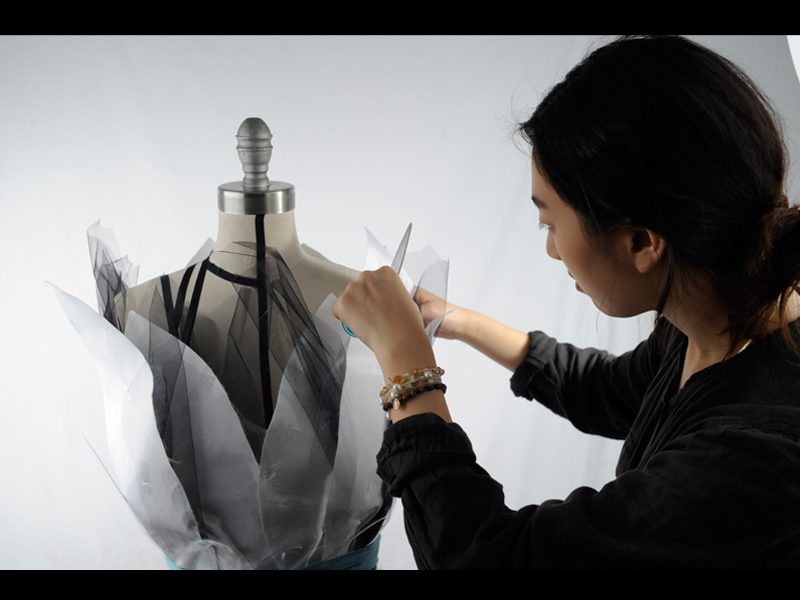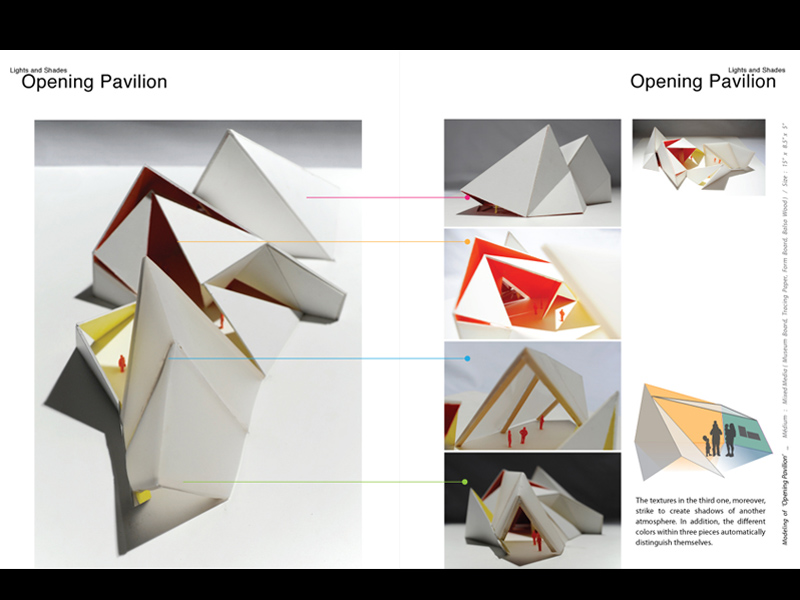- Winter 2021 On-Campus Session Schedule (Year-round Enrollment)
Session 1: Mon, Jan 11, 2021 – Sat, Mar 6, 2021 (7 weeks)
- Winter Break: Mon, Feb 15, 2021 – Sat, Feb 20, 2021 - Spring 2021 On-Campus Session Schedule (Year-round Enrollment)
Session 1: Mon, Mar 8, 2021 – Sat, May 1, 2021 (7 weeks)
Session 2: Mon, May 3, 2021 – Mon, Jun 21, 2021 (7 weeks)
- Spring Break: Mon, Mar 29, 2021 – Sat, Apr 3, 2021
- Memorial Day: Mon, May 31, 2021 - All prospective students are encouraged to register before the beginning of each semester as places are limited. A registration after the beginning of the semester will be considered only if places are available.
The Digital Painting class is an introductory course where students learn how to apply traditional painting techniques to digital painting and illustration using a Wacom tablet. Students experiment and explore painting digitally as they design their own characters, narrative settings and story boards.
Students begin this class by practicing fundamental rendering techniques, then move on to developing strategies to combine diverse media, modes of representation and elements of design to express individual content. Research and invention are encouraged. The curriculum culminates in the completion of a series of drawings that display formal and conceptual maturity.
Students begin this class by practicing fundamental painting techniques to describe the nature of light and form in the physical world, and then progress to express individual content. The curriculum culminates in the completion of a series of paintings that display formal and conceptual maturity.
Sculptural techniques are taught in three broad categories; clay modeling, mold making and casting, and assemblage. Students learn how to develop their ideas in three- dimensional media, and may at times create works that combine two and three-dimensional media. The curriculum culminates in the completion of a series of sculptures that display formal and conceptual maturity.
The illustration curriculum extends the student’s knowledge in fine arts media to create solutions in illustration. This includes developing and utilizing narrative devices and pictorial symbolism. Emphasis is placed on dry media and fast-drying media, such as ink, watercolor and gouache. Students may resolve projects as single images or as series of images in sequential formats, such as hand-bound books and comic strips.
The Fashion Design course begins with instruction on how to draw the standard fashion figure, which will be used as a base for a series fashion sketches and illustrations. As students develop their drawing skills, they investigate historical and contemporary fashion and use it as a resource for their own fashion designs. Finally, using the fashion figure, students illustrate their own line of garments in detail, using pen, ink, marker, and wash techniques.
This class will provide an overview of the design communication process including conceptualization, creative processes, typography, and technology. Students will gain skills in digital Illustration, Photoshop, page layout, image-scanning and image manipulation. Graphic design elements of typography, production, color separation, digital printing processes and photography will also be addressed.
In the Fashion Design course students learn the professional techniques used in the construction of garments. Pattern making, sewing, cutting, construction, and finishing techniques are used to create garments in cotton or cotton-type fabrics. Areas of concentration are the garments fit, balance, style, creativity and proportion.
This course introduces students to designing interior and exterior spaces, using conceptual approaches to design problems and solutions. Students learn about rendering, materials, methods, and techniques, as well as color theory. Learned techniques and materials are applied to structural drawings, plans, and elevations.

